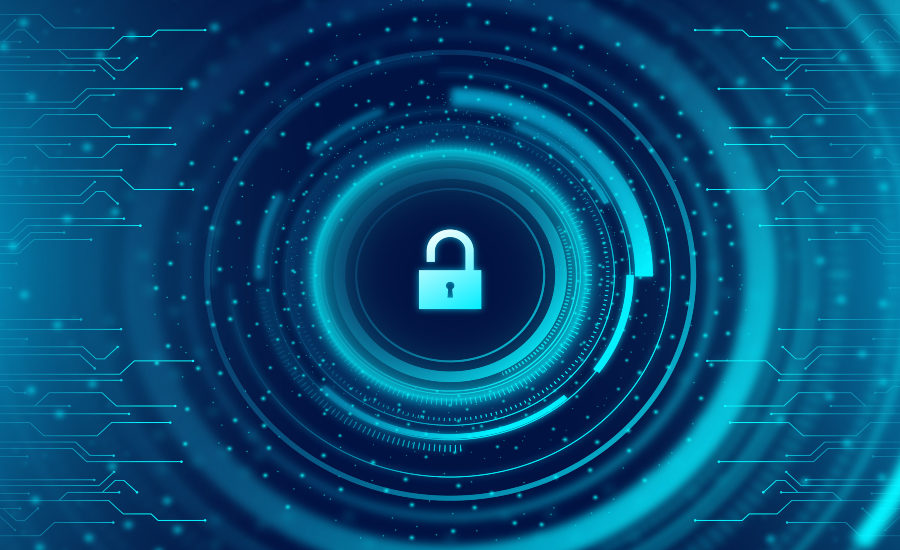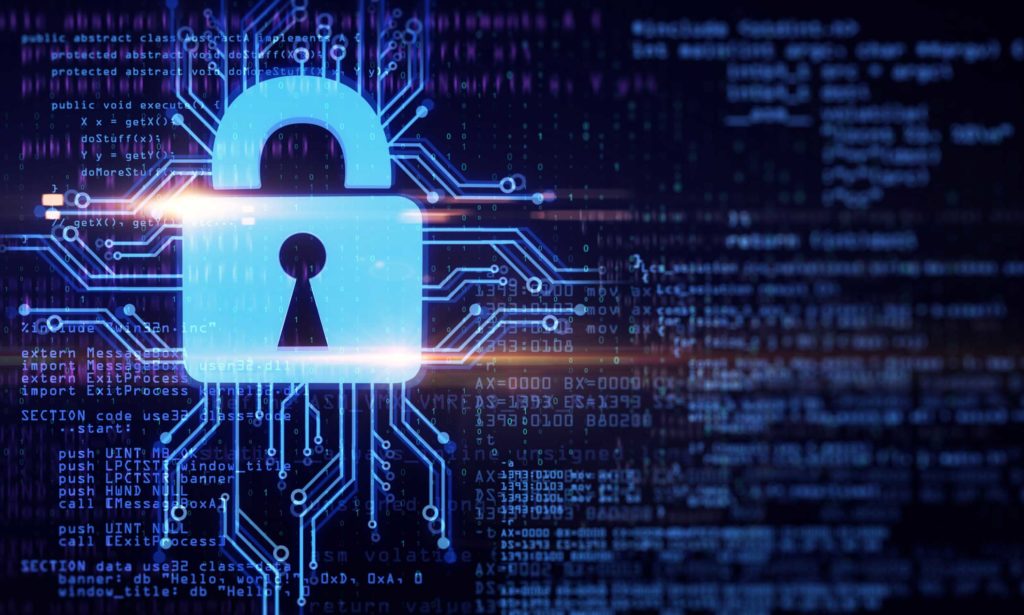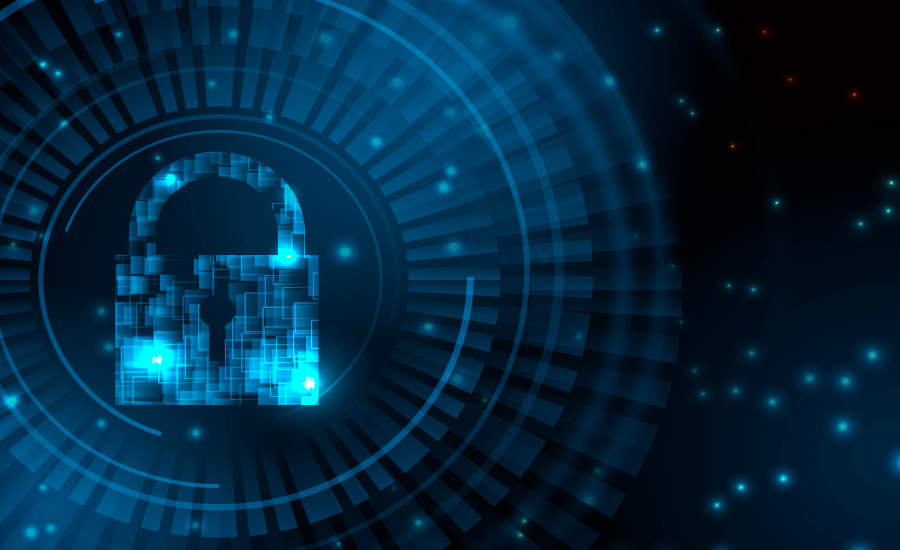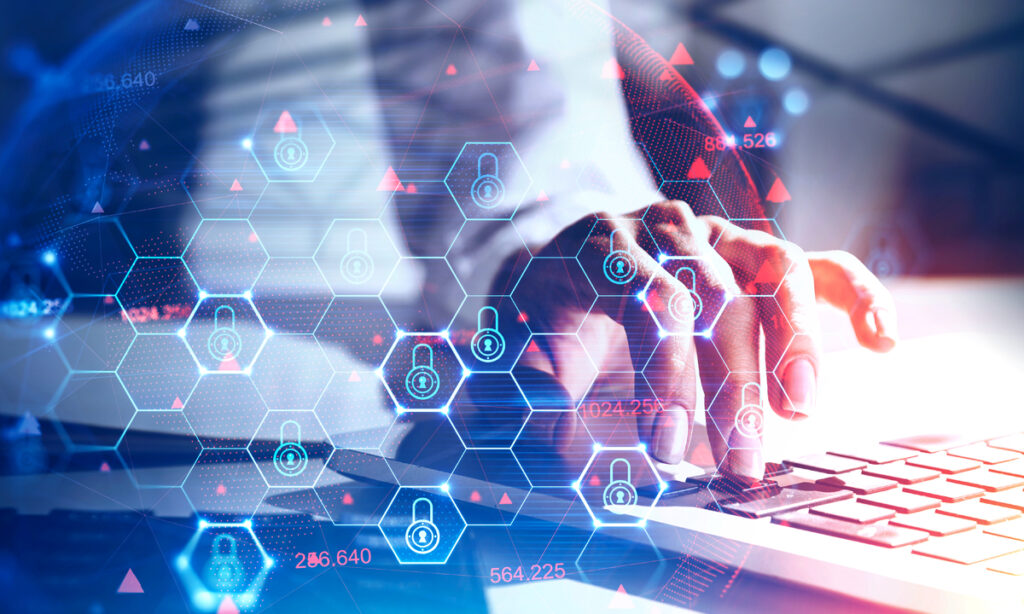Mastering IT Security: A Business Owner’s Guide to Cyber Resilience

In today’s interconnected digital landscape, the term “cyber resilience” has become more critical than ever for businesses. Cyber resilience refers to an organization’s ability to not only prevent cyberattacks but also to withstand, recover from, and adapt to the evolving threat landscape. It’s not just about building walls; it’s about building a sturdy fortress that can withstand any assault. With cyberattacks increasing in frequency and sophistication, mastering cyber resilience is no longer an option—it’s a necessity for business survival.
Identifying Potential Cyber Threats and Vulnerabilities

Understanding the ever-evolving landscape of cyber threats is the cornerstone of a resilient defense. Identifying potential vulnerabilities within an organization’s digital infrastructure requires proactive assessment and constant vigilance. Regular security audits, vulnerability scans, and penetration testing provide crucial insights into weak points that malicious actors could exploit. This preemptive approach empowers businesses to patch vulnerabilities before they can be used against them. By staying informed about emerging threats and analyzing past incidents, organizations can create a comprehensive threat profile. This knowledge enables the implementation of targeted security measures, minimizing the chances of successful attacks and fortifying the overall resilience of the business.
Implementing Strong Access Control and Authentication Measures
Securing the digital perimeter is crucial, and one of the cornerstones, often facilitated by IT security services, is implementing robust access control and authentication measures. This involves utilizing strong, multi-factor authentication methods, such as biometrics or hardware tokens, to guarantee that only authorized personnel can access sensitive systems and data. Moreover, embracing the principle of least privilege (PoLP) ensures that employees are granted access solely to the resources required for their roles. This approach effectively curtails the potential damage in the unfortunate event of a breach. By incorporating these practices with the support of IT security services, businesses fortify their defenses and create an environment where the boundaries between authorized and unauthorized access are impenetrable.
Regular Security Training for Employees and Staff

Human error remains a leading cause of security breaches. Training employees and staff to recognize phishing attempts, practice good password hygiene, and follow security protocols is paramount. Regular security training sessions, workshops, and simulated phishing exercises can instill a culture of vigilance within the organization. When employees become the first line of defense, the overall cyber resilience of the business improves significantly.
Establishing Robust Data Backup and Recovery Plans
A strong data backup and recovery plan is the safety net every business needs in today’s cyber landscape. It’s not a question of if a breach will occur, but when. Robust backup strategies ensure that critical data remains intact even in the face of ransomware attacks or hardware failures. Off-site backups safeguard against physical disasters, adding an extra layer of security. Regularly testing the recovery process guarantees a swift return to normalcy after an incident. These plans not only minimize downtime but also reduce the likelihood of paying hefty ransoms. By making data resilience a priority, businesses can maintain their operations, customer trust, and reputation even in the wake of unexpected events.
Furthermore, in an age where a company’s reputation can be tarnished within minutes on social media platforms, having tools to manage and monitor public perception becomes crucial. Additionally, reputation tracking software, like Repsense.io, swiftly counters public perception threats, even in crisis. Such tools provide real-time insights into how a brand is perceived, enabling businesses to take proactive measures. This combination of data backup and reputation management ensures that companies are equipped from all angles. Not only can they recover their data swiftly, but they can also manage and rectify any damage to their public image. In essence, a holistic approach to both data and reputation management is the cornerstone of resilience in the modern digital era.
Utilizing Advanced Endpoint Protection Solutions

Endpoints, such as computers and mobile devices, are common targets for attacks. Utilizing advanced endpoint protection solutions, including next-gen antivirus software and intrusion detection systems, can provide real-time threat monitoring and mitigation. These solutions can identify and block suspicious activities, preventing malware from spreading across the network and minimizing potential damage.
Employing Encryption for Data Protection in Transit and Storage
Encryption serves as a formidable defense against unauthorized access to sensitive data. Implementing end-to-end encryption ensures that data remains secure both during transmission and storage. Even if intercepted, encrypted data is nearly impossible to decipher without the decryption key. By encrypting sensitive emails, files, and communications, businesses add an extra layer of protection to their cyber resilience strategy.
Collaborating with Third-Party Security Experts for Audits

Inviting third-party security experts to conduct audits is a strategic move that bolsters an organization’s cyber resilience. These experts bring an unbiased, fresh perspective, identifying vulnerabilities and weaknesses that might escape internal scrutiny. Their wealth of experience and up-to-date knowledge of evolving threats enhance the effectiveness of security measures. External audits offer an objective evaluation of security protocols, ensuring compliance with industry standards and regulations. By partnering with these experts, businesses can fine-tune their defenses, rectify gaps, and stay a step ahead of potential threats. This collaborative approach builds a more robust and adaptable cybersecurity strategy, vital for maintaining a resilient digital infrastructure.
Creating an Incident Response Plan for Swift Reactions
In the dynamic landscape of cybersecurity, swift response to incidents is paramount. Developing a comprehensive incident response plan is a proactive measure that can mitigate the impact of breaches. This plan outlines roles, responsibilities, and precise steps to take when a cyber incident occurs. From initial detection and containment to communication strategies and system recovery, every facet is meticulously detailed. By predefining actions and involving key stakeholders, businesses ensure a coordinated and efficient response, minimizing downtime and potential damage. Regular drills and updates to the plan keep the team well-prepared for emerging threats. With an incident response plan in place, businesses can navigate the chaos of cyber incidents confidently and emerge stronger from adversity.
Monitoring and Continuous Security Assessment for Adaptive Measures

The cyber threat landscape is ever-evolving. To maintain a high level of cyber resilience, continuous monitoring and security assessments are essential. Implementing intrusion detection systems, security information and event management (SIEM) tools, and threat intelligence feeds can provide real-time insights into potential threats. This allows businesses to adapt their strategies proactively and stay ahead of emerging threats.
Conclusion: Nurturing a Culture of Cyber Resilience
In an age where cyberattacks are inevitable, cultivating a culture of cyber resilience is paramount. It requires commitment from the top down, with leadership setting the example for secure practices. By following the outlined steps—understanding threats, implementing strong controls, training staff, and collaborating with experts—an organization can build a robust cyber resilience strategy. Remember, cyber resilience is an ongoing journey, not a one-time destination. As technology advances and threats evolve, businesses must remain adaptable and proactive to ensure their survival in the digital realm. By mastering cyber resilience, businesses not only protect themselves but also contribute to a more secure digital ecosystem overall.




